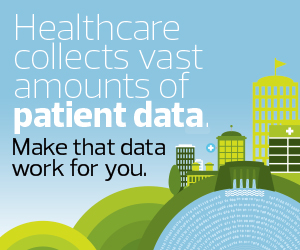Understanding the Modern Data Platform for Healthcare
Atlan defines the modern data platform as “the technological base on which data tools and applications connect or sit” and describes it as “the operating system of the data stack.” Databand, a subsidiary of IBM, notes that the modern data platform “should provide a complete solution for the processing, analyzing and presentation of data.”
Olenik cites two primary goals for the modern data platform. One is eliminating barriers to access, especially for external data sources such as insurance claims and patient-reported outcomes. The other is ensuring that data, regardless of its source, is ready to be used.
Unless data is clearly defined using taxonomies or dictionaries, he says, “you’re going to be dealing with problems right up front. You need to set standards related to business processes, quality, access and security. If different standards are in place, that only leads to difficult decision-making.”
While some health systems are comfortable doing this work internally, “it’s not a core competency of all organizations,” notes Jonathan Shannon, associate vice president of healthcare strategy for LexisNexis Risk Solutions. “Those that think of themselves as care settings first are going to lean heavily on their vendor partners.”
EXPLORE: How the cloud improves data sets for real-world evidence in clinical trials.
Achieving Healthcare Agility with Modern Data Platforms
Agility is one of the core benefits of implementing a modern data platform and combining it with data governance best practices. Fast access to accurate data leads to more informed decision-making across the organization, as data scientists are no longer the only ones looking at the data. Business leaders can pivot as necessary, while clinical teams can gain a better understanding of a patient’s condition and adjust treatment plans accordingly.
The modern data platform also contributes to efficiency and cost savings, adds Priya Krishnan, head of product management, data and AI at IBM. “There’s no more duplication of data, and there’s higher-quality master data,” she says. “Without the manual effort of preparing data for regulatory compliance, your data stewards can be doing more meaningful work.”
The continued evolution of automation technology will open additional opportunities for data discovery, indexing and classification, Olenik says, to the point that these tasks may no longer require a background in data science. “Ultimately, self-service analytics is the goal, as data scientists aren’t plentiful.”
Click the banner below to learn how a modern data platform supports decision making.















